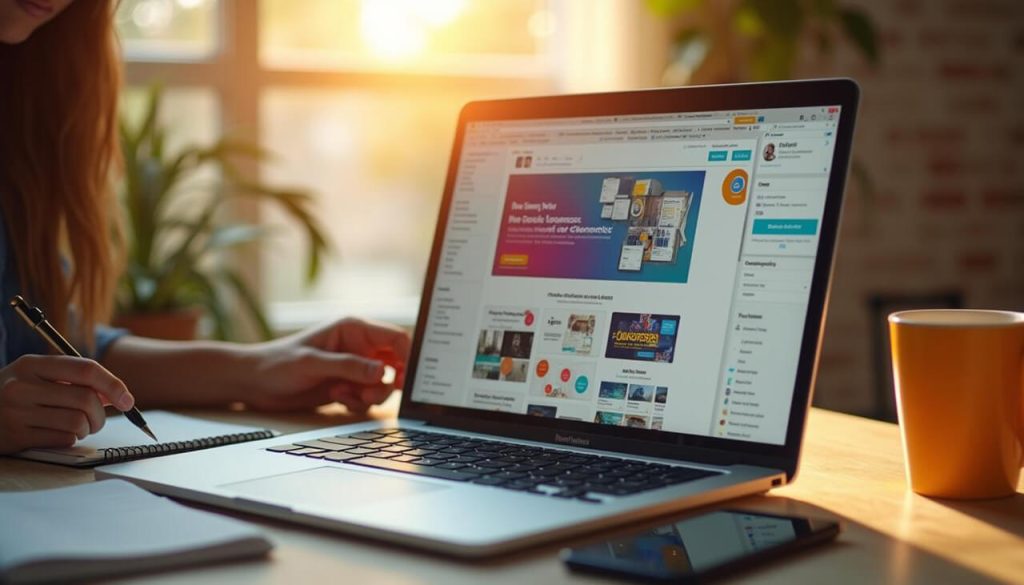SEO in 2025: Essential Tips to Rank Higher in Search Results
The world of search engine optimization (SEO) is evolving faster than ever, and staying ahead requires a clear understanding of emerging trends and technologies. As we step into 2025, search engines are becoming smarter, more intuitive, and increasingly focused on delivering exceptional user experiences. This blog dives into the essential SEO strategies for 2025 to help your website rank higher in search results.
1. Prioritize User Intent
In 2025, understanding user intent is the cornerstone of a successful SEO strategy. Search engines are more adept at deciphering what users really want when they type in a query. To optimize for intent:
- Segment Your Keywords: Identify whether users are seeking information, looking to purchase, or comparing products.
- Optimize Content for Search Journey Stages: Create content tailored to informational, navigational, and transactional searches.
- Leverage AI Tools: Use AI-driven keyword research tools to gain deeper insights into search behaviors.
2. Focus on Experience Metrics
Google’s Core Web Vitals and Page Experience updates continue to shape rankings. In 2025, these metrics are even more critical:
- Speed: Ensure your website loads in under 2 seconds.
- Interactivity: Aim for a First Input Delay (FID) of less than 100 milliseconds.
- Visual Stability: Minimize layout shifts with a low Cumulative Layout Shift (CLS) score.
- Mobile Optimization: With mobile searches dominating, a mobile-first design is non-negotiable.
3. Harness the Power of AI and Automation
AI is transforming SEO by enabling smarter optimization. Embrace tools like ChatGPT and Google’s AI integrations to:
- Generate content tailored to specific audiences.
- Identify ranking opportunities with predictive analytics.
- Automate repetitive tasks, like meta tag creation and site audits.
4. Embrace Voice and Visual Search
Voice and visual searches are no longer futuristic concepts—they’re here and growing rapidly:
- Voice Search Optimization: Use conversational keywords, schema markup, and local optimization to appear in voice search results.
- Visual Search Optimization: Optimize images with alt text, descriptive file names, and structured data to ensure they appear in Google Lens and other visual search platforms.
5. Optimize for E-A-T
Expertise, Authority, and Trustworthiness (E-A-T) are vital in 2025, especially for sites in the health, finance, and legal sectors. To improve your E-A-T:
- Content Quality: Publish well-researched, accurate, and detailed content.
- Author Authority: Showcase the credentials of your authors.
- Backlink Strategy: Earn links from authoritative and trustworthy websites.
6. Video Content is King
With platforms like YouTube and TikTok dominating the digital landscape, incorporating video into your SEO strategy is a must:
- Optimize for Search: Use targeted keywords in titles, descriptions, and tags.
- Engage Viewers: Create short, engaging videos that answer user queries.
- Add Transcriptions: Make videos accessible and boost SEO with captions and transcripts.
7. Stay Ahead with Multimodal Search
Multimodal search, combining text, image, and audio inputs, is revolutionizing how users interact with search engines. Prepare your site by:
- Integrating structured data.
- Enabling cross-media content delivery.
- Ensuring accessibility across different devices and formats.
8. Sustainability as a Ranking Factor
Sustainability is influencing SEO as environmentally conscious businesses gain favor with users and, potentially, algorithms. Showcase your commitment by:
- Highlighting eco-friendly practices on your website.
- Optimizing for green web hosting and efficient site designs.
9. Local SEO is Non-Negotiable
For local businesses, local SEO remains critical:
- Update Google Business Profile: Ensure your profile is accurate and fully optimized.
- Focus on Local Keywords: Use location-based keywords in your content and metadata.
- Encourage Reviews: Positive reviews can significantly boost local rankings.
10. Continuously Adapt
SEO in 2025 demands agility. Monitor algorithm updates, analyze performance, and be ready to pivot when necessary. Use tools like Google Analytics 4 (GA4) and Search Console to track your progress.
Conclusion
SEO in 2025 is about more than just keywords and backlinks—it’s about creating meaningful, user-centric experiences powered by technology and data. By adopting these strategies, you can stay ahead of the curve and achieve higher rankings in an increasingly competitive digital landscape.
What strategies are you using to adapt your SEO for 2025? Let us know in the comments!
 WooCommerse
Development
WooCommerse
Development Email
Templates
Email
Templates Wordpress
Development
Wordpress
Development Shopify
Integration
Shopify
Integration Single
Page Apps
Single
Page Apps Need
Something Else?
Need
Something Else?



